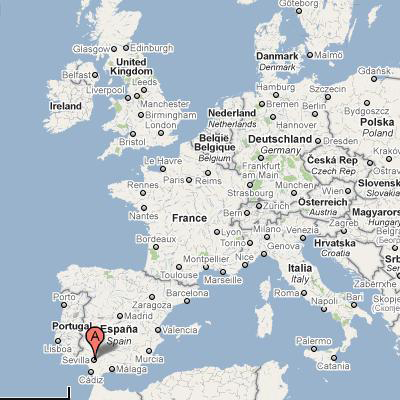Local Information
• Climate
General Local Information
Seville (Sevilla) is located in the south of Spain, Europe. It is one of Spain's major cities and is also the capital of the Andalusia region. Seville is a friendly and captivating place to visit. The city centre is pedestrian and many of the best attractions are within easy walking distance.
The city on the shores of the Guadalquivir River is universal renown by its history, culture and gastronomy. Central Seville comprises an abundance of twisting streets and narrow lanes, adding much character to the city. Most public squares feel rather small and intimate. It is one of the largest historical centers in Europe. Seville offers much for the visitor to explore from the Moors to the Baroque period. You can also enjoy the Seville nightlife and its famous gastronomy.

A little bit of history:
The passage of the various civilizations, instrumental in its growth, has left the city a distinct personality, and a large and well-preserved historical centre. Although it has a strong medieval, renaissance and baroque heritage, the city received heavy influences from Arabic culture, which can be seen in the most famous monuments and places.
The Romans founded Hispalis in 206 BC, which had formerly been occupied by the Tartessions. It was an important capital of the Roman Empire. The early 8th century marked the arrival of Moorish occupiers. Under Moorish control, Sevilla came to be known as Isbiliya.
Seville also flourished with the discovery of the New World. The city was the center of the American commerce with the Spanish empire.
In the early and last years of the twentieth century, Seville was marked by two universal expositions (1929 and 1992). In 1992, the successful World's Fair saw the development of modern Seville, with the development of the Cartuja Island, as well as many public works and improvements to the city's infrastructure.